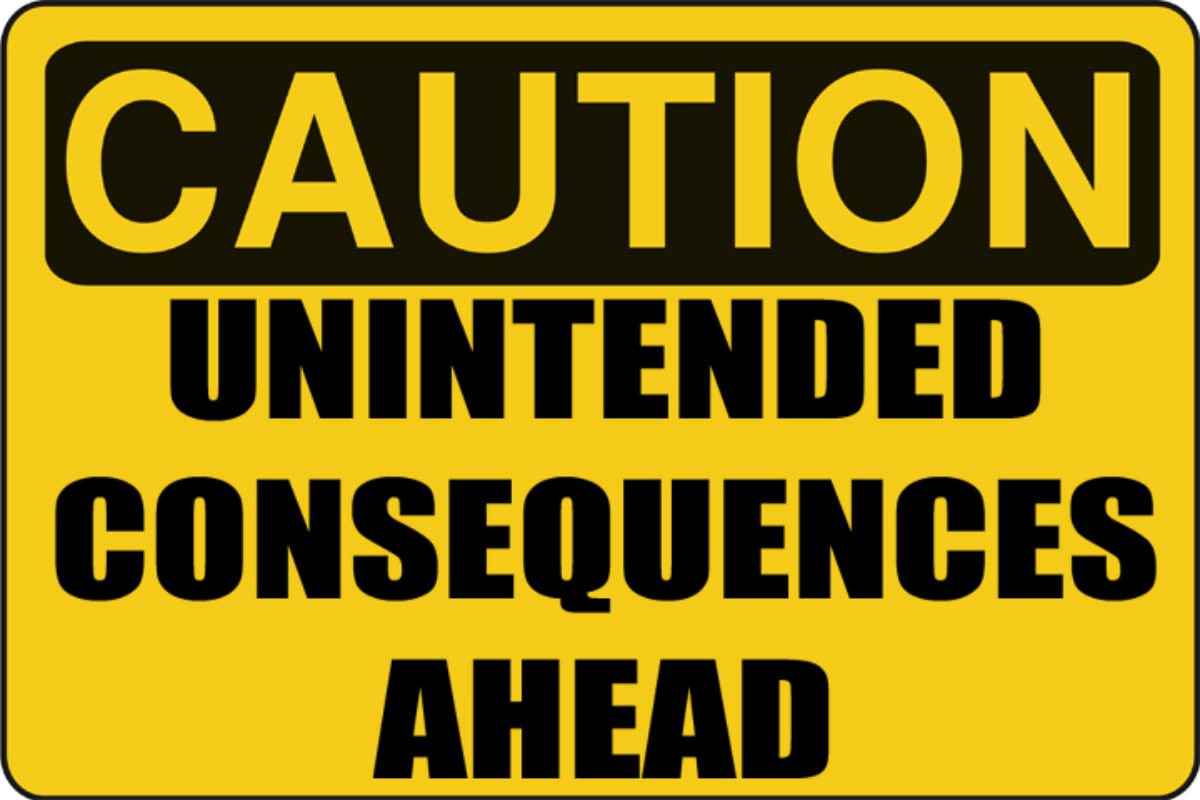
Analysis of serious incidents in the process and energy industries shows that often one of the contributing factors was that someone, somewhere was trying to improve safety. In other words, safety programs can cause safety problems — at least for a short period of time — and can, on occasion, contribute toward a major catastrophe.
There are at least three possible reasons for this apparent paradox.
1. Safety Work Can Be Hazardous
Safety work itself can be hazardous. For example, Safety Moment #56: Lifeboat Drill describes a situation in which a routine safety exercise led to a number of fatalities.
2. Attending to Minor Injuries
Attending to minor injuries at a time when the background conditions are abnormal can lead to a catastrophe. For example, during the storm at Mumbai High a worker suffered a serious, but not life-threatening injury. The attempt to rescue him led to a situation in which many people died and a large offshore complex was destroyed.
3. Bypassing Safety Systems
The installation of a new and improved safety system may require that existing safeguards have to be taken out of service, at least for a short period of time. So, neither the old nor the new system are in service at a time when, by unfortunate timing, an initiating event takes place (see Ford’s Missing AND Gate for a discussion to do with the logic of safeguards). This is what happened with the Piper Alpha catastrophe — they removed a pressure safety relief valve in order to verify its performance. During that test period the valve was not available to protect the process. The temporary removal of safety systems was also a factor in the fatal Amtrak crash that occurred early in the year 2018.
This dilemma is not a bug — it's a feature. Whenever a safety system has to be tested, upgraded or maintained it will be taken out of service for a period of time and, during that time, one of the inputs to a safety AND gate is removed. Therefore, when making such a change it is vital to understand what hazards have been created and to identify short-term controls.
Some of the articles and safety moments on the topic of ‘Dangers of Safety’ are listed below.
Copyright © Ian Sutton. 2018. All Rights Reserved.
